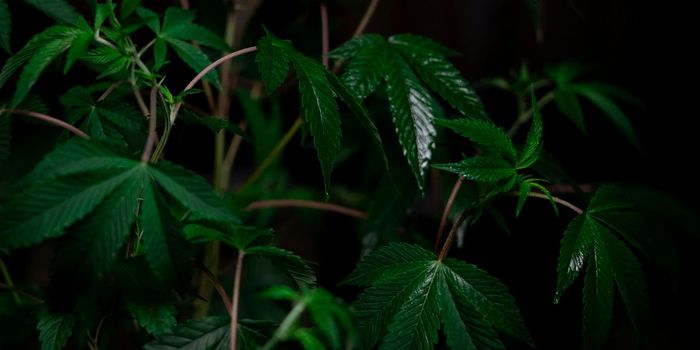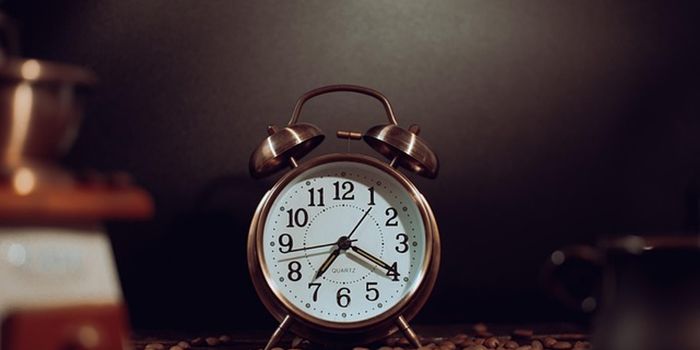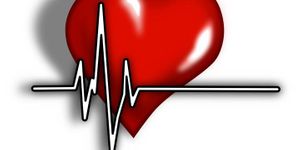Having a stroke can leave a person with significant impairments in movement, cognitive ability and speech. It is the third leading cause of death in the United States and the number one cause of serious long-term disability.
According to the CDC about 795,000 people suffer a stroke each year, and 185,000 of those are recurrent attacks. Factors like smoking, atrial fibrillation and hypertension can increase the risk of having a stroke. While younger people might not be thought of as at risk, the number of people under the age of 49 having strokes has increased.
What’s more troubling though, is that a new national survey conducted by researchers at Ronald Reagan UCLA Medical Center suggests that it’s this age group that may not seek treatment soon enough if they experienced signs of an impending stroke.
Time is crucial when it comes to the treatment of strokes. The “golden window” is three hours. If a patient does not seek treatment within this time period the outcome could be very bad.
Dr. David Liebeskind, who led the survey, was surprised at the high numbers of people who would ignore these very serious symptoms. He is the Director of Outpatient Stroke and Neurovascular Programs and Director of the Neurovascular Imaging Research Core at Ronald Reagan UCLA Medical Center.
In a press release he said, “Timely treatment for stroke is probably more important than for almost any other medical problem there is. There is a very limited window in which to start treatment because the brain is very sensitive to a lack of blood flow or to bleeding, and the longer patients wait, the more devastating the consequences. Stroke symptoms ... are a trigger to seek urgent medical attention as soon as possible. Stroke is not something you can handle yourself or treat at home.”
A 2013 study showed the number of younger patients experiencing a stroke has increased by about 53% since the mid-1990’s The study, published in Neurology, also found that approximately 15% of the most common strokes--ischemic strokes—occurred in patients of European ancestry aged 49 and under. The rate for African-Americans and Latinos is higher.
Neither the UCLA study or the 2013 study addressed the possible causes for the increase in strokes in this younger age group. Liebeskind said that several factors could account for strokes in young patients including better detection by doctors, diet and exercise and environmental or genetic conditions.
The National Stroke Association has provided the following acronym to recognize a possible stroke.
Face drooping
Arm weakness or
Speech difficulty, it’s
Time to call 9-1-1
Check out the video below to learn more about the UCLA study and how you can recognize the symptoms of a stroke.









